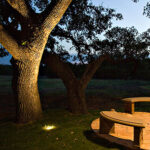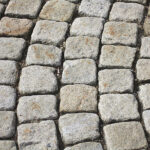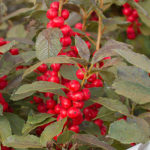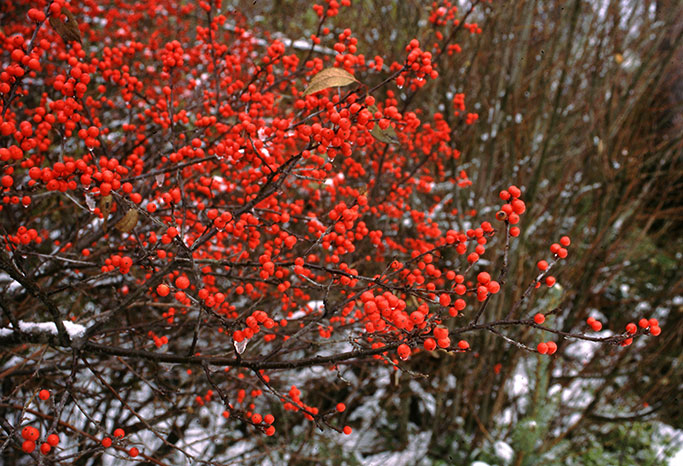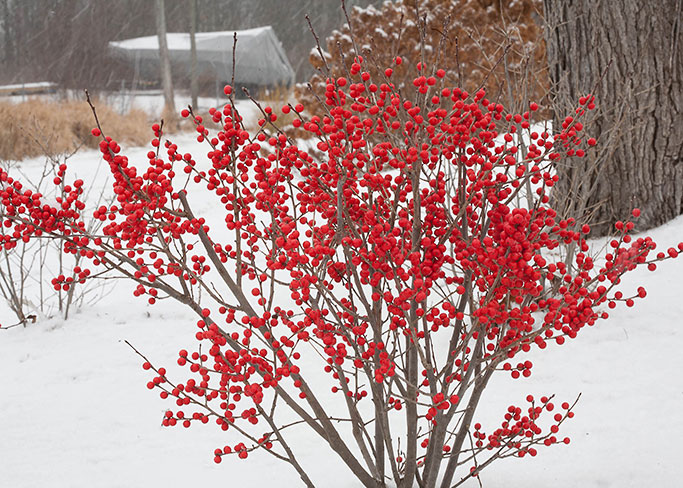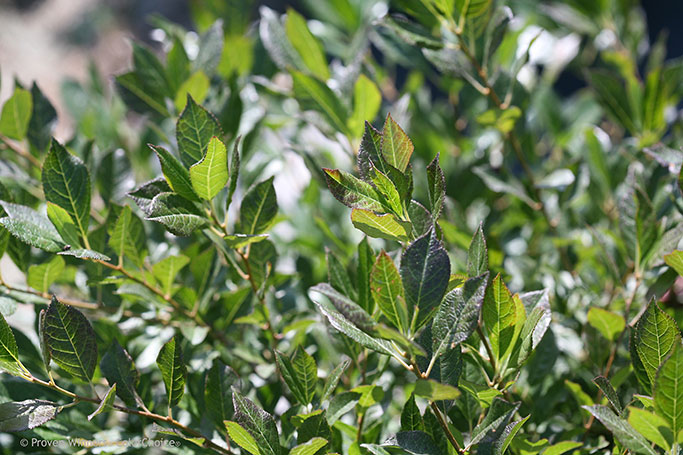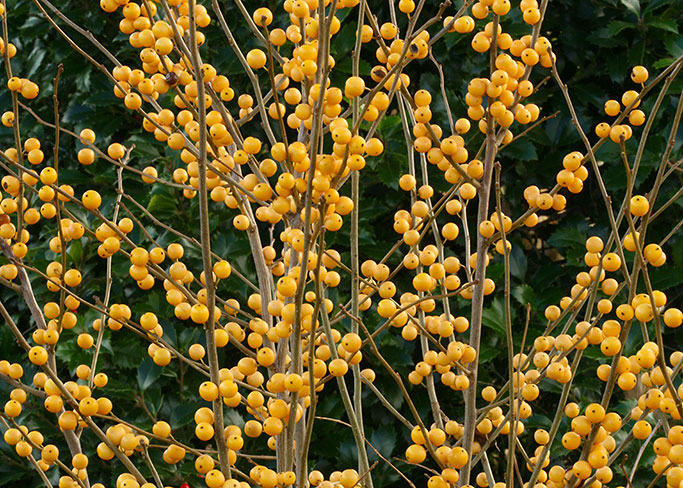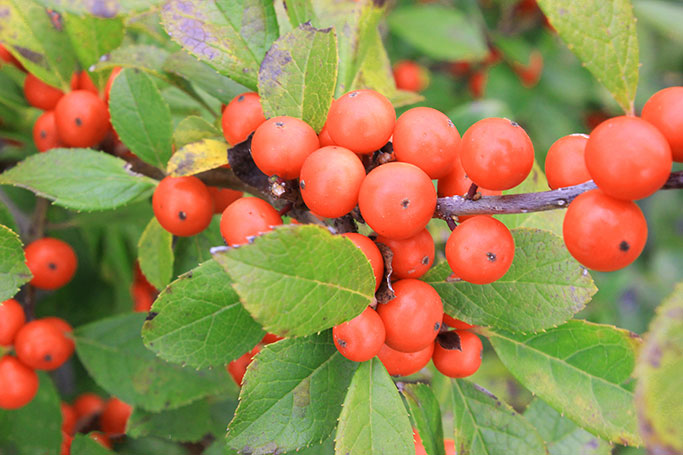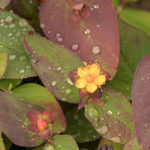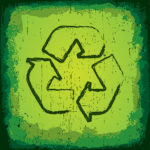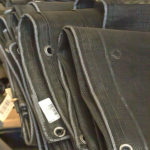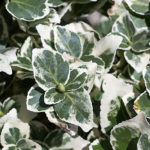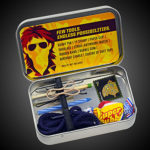There are so many options when adding lighting to your jobs - wash a wall with bullets, illuminate a path with tall hats, put ledge lights under the steps… but don't forget to look UP. Lighting draws one’s interest to noticing foliage, angles, and shadows. Fountains shimmer, boulders come alive, then one becomes entranced following the craggy trunk of a tree up into the branches.
Anyone can install outdoor lighting, but a truly captivating design that incorporates three dimensions is what's going to sell the project and have the neighbors asking for business cards.
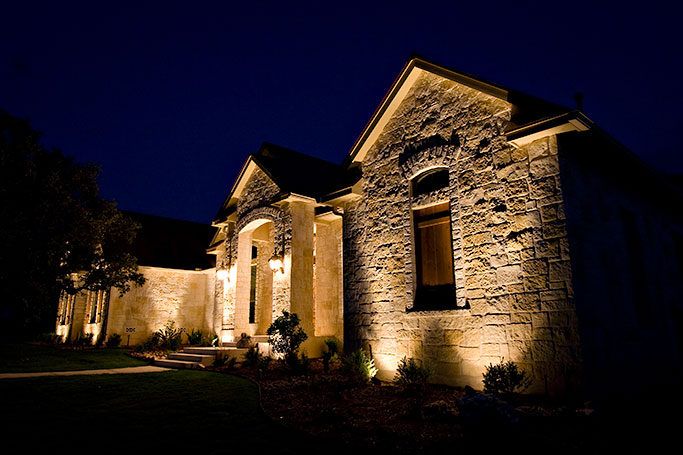
Here’s how: Step back and look at the entire project area. Stand at the road or across it and observe the features of the home and landscape. You may want to note a few lines of sight to areas of focus such as porch pillars, dark corners, or structural trees. Also note the impact of existing light sources on the property and from neighboring homes or street lights. I like to take a screen shot from the satellite map on my phone to draw sight lines, then use the highlighter tool for light coverage areas, using different colors for existing and prospective.
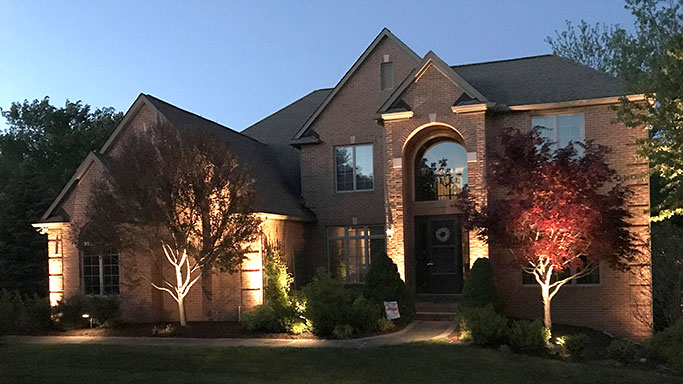
After you have your general ideas plotted, move in closer. Where does the dog run and kids play? Where will people be sitting or cars be parked? Ask the customer how they plan to use the space. The more you are able to plan ahead, as with any job, the greater efficiency you'll have.
For seating areas, as fun as shadow charades may be, you don't want people irritated by a light in their eyes or to have a flood light-washed façade disrupted by a car parked close to the house. Most light fixtures stick up out of the ground, so placement is critical to avoid trip hazards. To highlight a tree trunk select a tight 10-15° beam spread. For more branches use a wider, more flood-like 30-40° pattern.
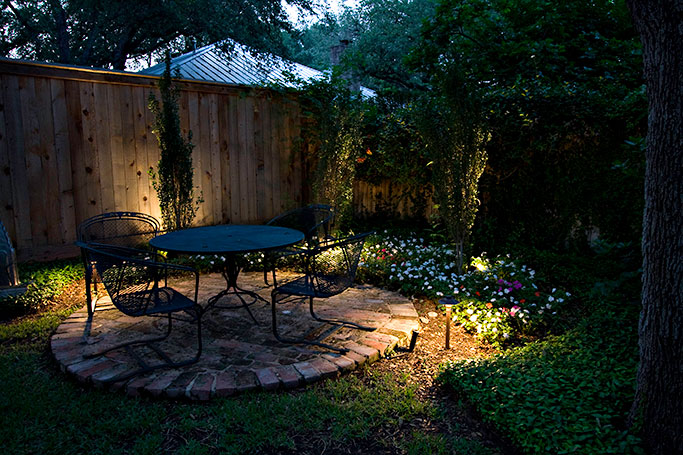
Bullet fixtures can target a specific object or be used farther away to illuminate a broader area. To really flood an area with light, a Sollos FRF058 or Alliance BL300 will do the trick. Pillars can have wall sconces like the WS200, and those confident to stray off of the instruction sheet can even mount a fixture up in a tree! Ask someone in our Hardscape building how to put a "tree loop" in your wiring so the installation will last as the tree grows.
Other options include lower profile well lights and in-ground fixtures, hanging fixtures, even rolls of tape lights. Check out Alliance's new line of color changing bluetooth fixtures for a customizable show-stopping display! With these new lights, a homeowner can change color for each season and show off to their friends as they slid their thumb around on their phone, changing the lights on a whim.

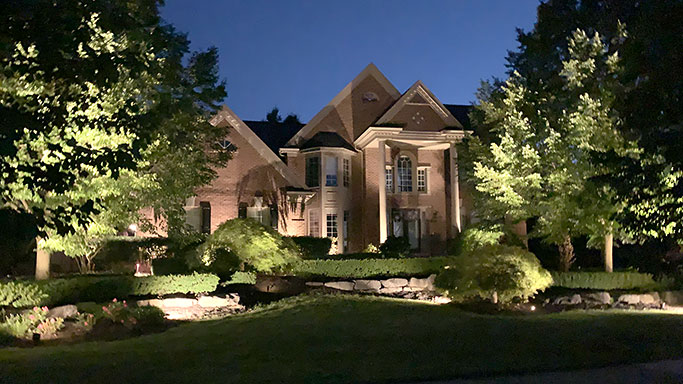
The possibilities are as endless as your imagination. Search online for inspirational photos and videos or ask the sales team at Christensen's, "What can I do that's different?" In landscaping, our projects can keep us looking down at our work, but please, don't lose sight of what's UP!




